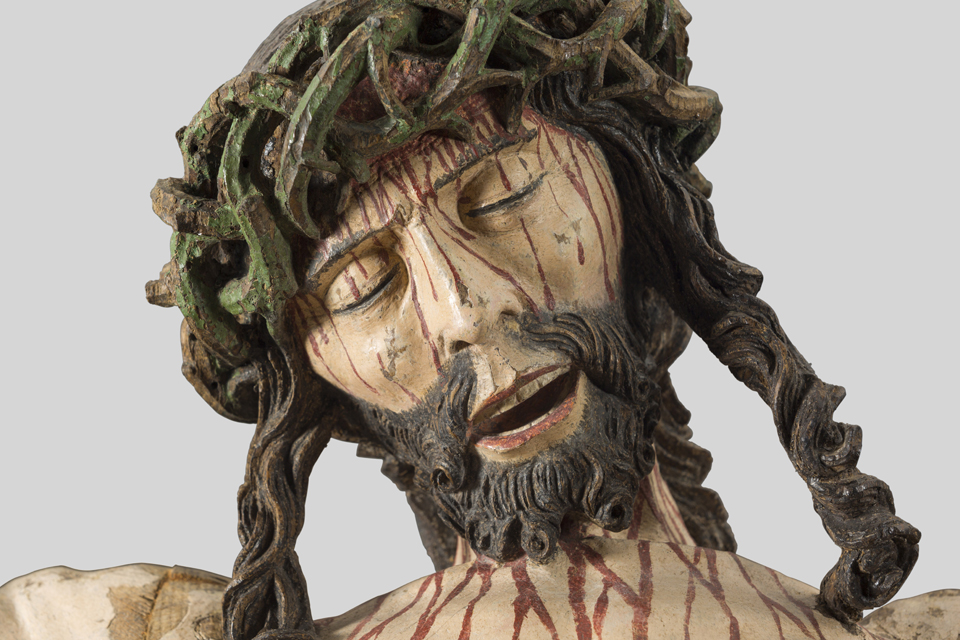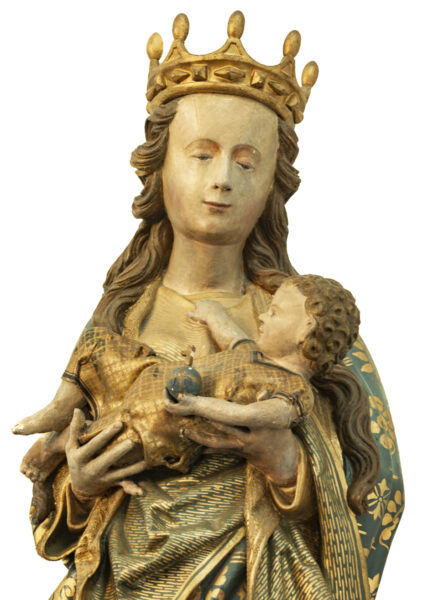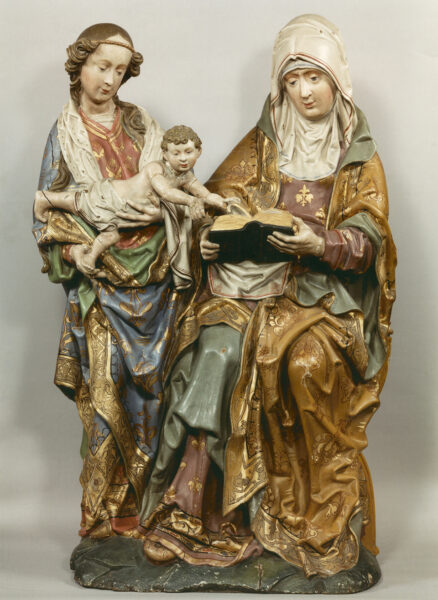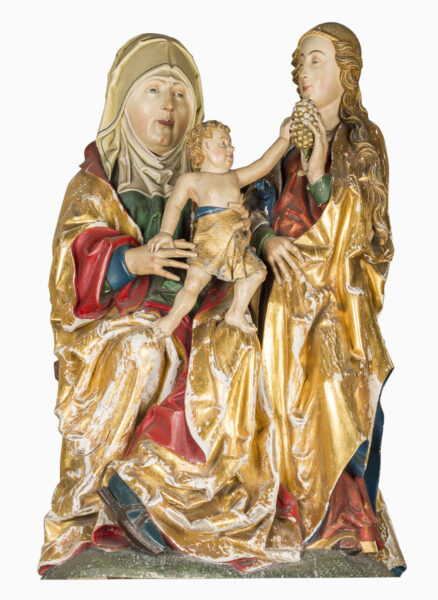Towards the end of the Middle Ages, woodcarving was a thriving industry in most of Northwestern Europe. In the Meuse region, the work of the Master of Elsloo was particularly important. But who was he? Or they?
The “Master of Elsslo” was famously named so by the art historian, Timmers, who took it upon himself, to examine a famous statue with The Virgin and Child with St. Anne, now found in the interior of the church in Elsloo. Later, numerous orphaned sculptures were ascribed to the hand of this particular artist, resulting in an oeuvre of more than 200 pieces.
This spring, the Bonnefantenmuseum in Maastricht has mounted an exhibition of over 50 individual statuettes attributed to this master. But who was he? Perhaps it was not even one artist, but rather one or several workshops, which were responsible for these beautiful and very evocative statuettes. With loans from Louvre, Victoria & Albert, and local churches, the exhibition offers the possibility for the public to explore the many pieces, representing this unique category of art, from a comparative perspective.
The exhibition is the result of a significant research project, which was carried out at the Royal Institute for Cultural Heritage (KK) in Brussels more than ten years ago. Here, more than 70 of these works ascribed to this “school” were carefully studies. As part of the project, by detailed examinations of materials, techniques, workbench marks and the remains of the original polychromy accompanied the studies of style. Further, extremely important was dendrochronological analyses of a large number of the sculptures and statuettes were carried out. These led to surprising results regarding the origin of the wood and the relationship between the works. Later, these studies the Bonnefantenmuseum in Masstricht continued these explorations. The museum owns a considerable number of these free-standing statues.
These complementary studies have helped to situate the “Master of Elsloo” more accurately in ‘his’ historical and artistic context. The overall conclusion is, that rather than try to discover a singular artist the quest is now to identify the different smaller workshops.
Highlights
The exhibition features the original five pieces, on which Timmens based his idea on the “Master of Elsloo” artist, first of all, the statue of St. Anne with the Virgin and Child”. As Timmens correctly identified the original home of this piece of art as the Munsterkerk in Roermond, he added to his small catalogue a statue of St. Bernard of Clairvaux from the same church. This statue may also be admired at the exhibition. Today, though, most believe that St. Bernhard was made in a different workshop. Another top exhibit is the statue of St. Anne with Virgin and Child, now in the Rijksmuseum in Amsterdam. One of the more impressive pieces, though, is the statue from Heinsberg, of Christ carrying the Cross. Exhibited is also a statue of St. Gertrud, which was never identified by Timmens as belonging to the oeuvre. Present-day art historians are not that shy.
FEATURED PHOTO:
Corpus, Ellikom, St. Harlindis en Relindiskerk © Elfi Brouwers Fotografie
VISIT:
Master of Elsloo. From lonely hand to collection of masters
Curator: Lars Hendrikman
The Bonnefantenmuseum, Maastricht
22.02.2019 – 16.06.2019
CATALOGUE:
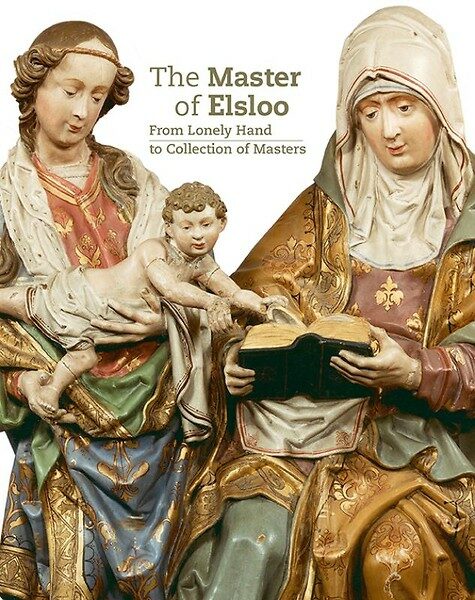 The Master of Elsloo. From Lonely Hand to Collection of Masters.
The Master of Elsloo. From Lonely Hand to Collection of Masters.
By Lars Hendrikman, Cynthia Osiecky and Elisabeth Mattison.
Waanders Uitgevers 2019
READ MORE:
A Masterly Hand. Interdisciplinary Research on the Late-Medieval Sculptor(s) Master of Elsloo in an International Perspective
Proceedings of the Conference held at the Royal Institute for Cultural Heritage in Brussels on 20-21 October 2011
Ed. by . F. Peters and C. Ceulemans
Brepols 2014
SEE MORE:
